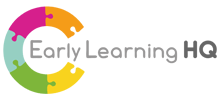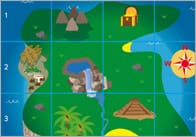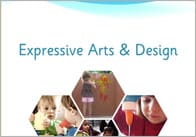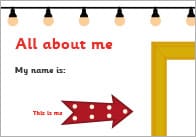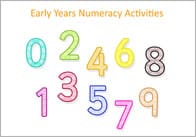Petition for Mandatory Sign Language in Early Years Settings
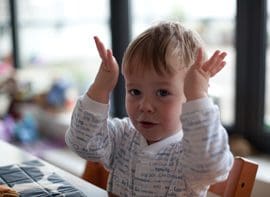
For Kathy Robinson sign language has always been a very big part of her life as her two children, Martha and Megan, were born profoundly deaf. As they struggled to lip read at mainstream school Kathy began to wonder how different things would be if their teachers signed, would this give them easier access to the curriculum?
Since then Kathy has gone on to open Sign for Success, an organisation that helps parents, teachers, childminders, health visitors and many more to learn about BSL (British Sign Language) and ASL (American Sign Language), where her two daughters work alongside her.
Kathy has recently set up an online petition that calls for Michael Gove to introduce signing into all early years settings, as she believes this would be beneficial for all children, not just those who are deaf and D/deaf. ELHQ is a great believer in making all communities feel included in the early years sector and so we are in full support of this petition.
The idea of bringing BSL into early years settings has been discussed before on our blog by Speech and Language therapist Michael Jones, below is an extract from his first blog post about signing at nursery:
“Most young children in the UK have some knowledge of two languages. Not because their parents speak a language other than English, but because they encourage their children to watch children’s programmes on TV, and particularly a programme on CBeebies called Something Special. Their second language is MAKATON, which is a system for signing words in English, based on British Sign Language (BSL).Something Special features MAKATON throughout the programme, and this has led children to understand that as well as talking with your mouth, you can use your hands as well.
From my experience, babies and toddlers, who are almost at the stage that they are using single words, are greatly helped by learning to sign, as long as the adults who sign with them talk or sing at the same time. The children are not learning to sign instead of talking, but in order to help them remember and use words. The children do not have a hearing loss, though signing is used with most children who are diagnosed with a hearing impairment.”
Michael also wrote a second blog post for us about using BSL in early years settings, this time about how it can help children to understand and use maths vocabularly:
“Maths is a second language, and unless children know this language they cannot make progress in maths understanding. Some ideas are abstract and intangible, and hard to remember, or sound similar (‘in’ sounds just like ‘on’ to a Japanese child!) Some words and phrases we use in maths have two meanings; e.g. ‘take away’, or the words may be unfamiliar and relate only to maths; e.g. ‘add’. What is doubly frustrating for teachers is that we know that many children understand maths concepts, but the children are unable to explain what they know. As a result practitioners are unable to attribute to children the Early Years Foundation Stage (EYFS) profile points that they deserve.
However, help is at hand – literally. Sue Thomas, a senior early years consultant in Luton, and Katja O’Neill, director of Sign2Learn, have developed a project calledSign 4 Maths, using British Sign Language (BSL) to enhance maths teaching. But why use sign language with children who can hear perfectly well? Katja O’Neill explains: “Recent research suggests that when children use their voices to say a word, and their hands to sign it, they activate both sides of their brains, which can make learning far more effective. If a child forgets a new item of vocabulary, he can generally remember the sign, which prompts his brain to remember the word. So instead of the word being on the tip of his tongue, he has it at his fingertips!”
Sue Thomas is in no doubt that the use of BSL was important. “We chose BSL to ensure consistency with the signs that were being used throughout the settings, and to have a sign language that would be accessible to children with hearing impairment. We provide a 90-minute initial training session for staff, which we find is enough for a setting to get going with improving maths teaching and understanding. It is important to emphasise that we only focus on a small vocabulary and don’t introduce the whole of BSL!”
If you have any thoughts about Kathy’s petition, or would like to learn about the use of British Sign Language in early years settings, then please get in touch and I will try to point you in the right direction!
Popular Teaching Resources
Stay Up To Date
Sign up for our newsletter and we’ll let you know when we create new early years resources.
